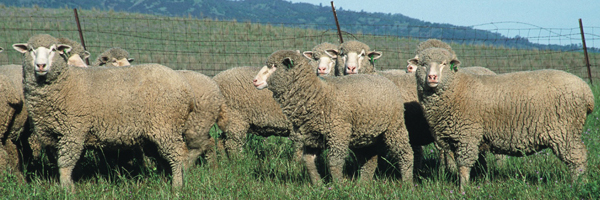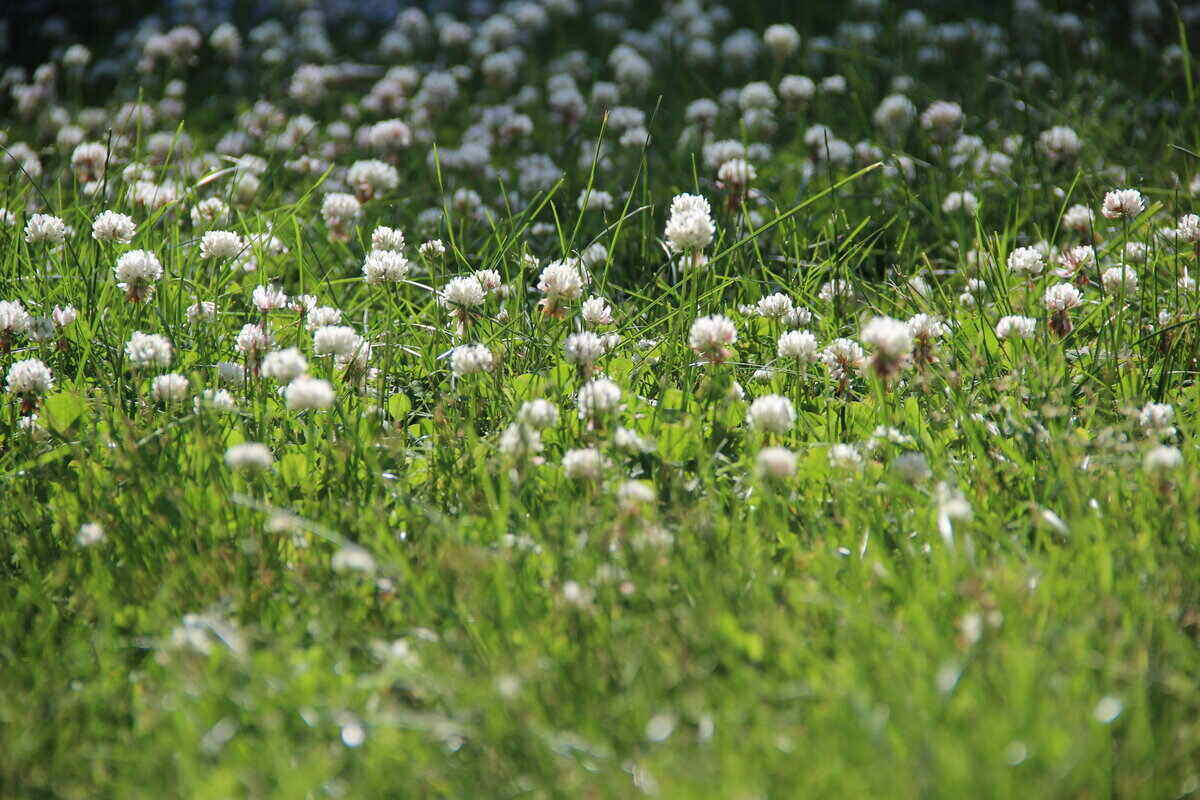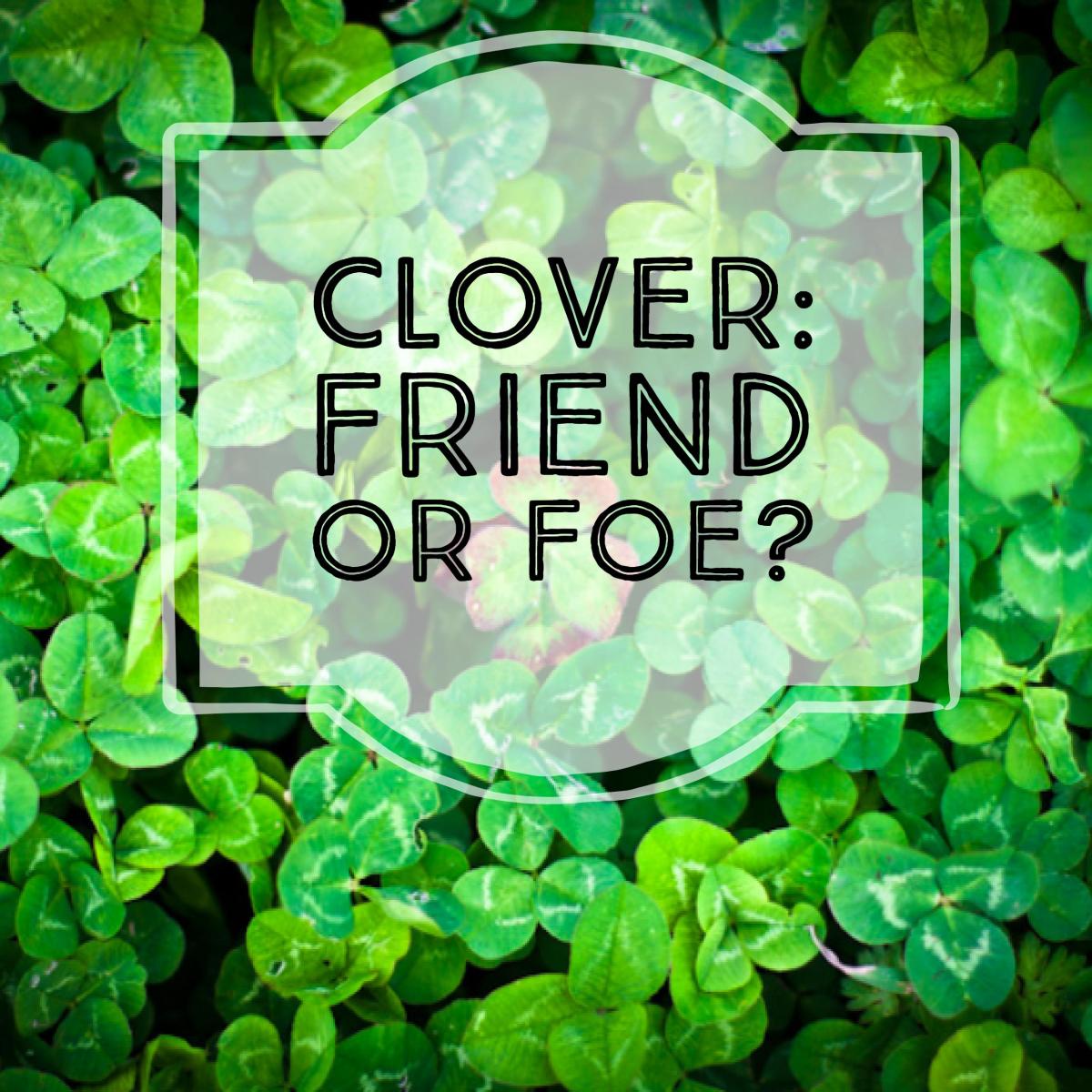YourRabbitGirl
Garden Ornament
- Joined
- Dec 30, 2019
- Messages
- 434
- Reaction score
- 194
- Points
- 85
Heres a good article for that...God has really given a wonderful gift this year...a new project! He gave me SHEEP.I'd had them before but it's been some years since then and I never dreamed of having them here, as we have no fencing and really had no desire to spend money for fencing. But, sheep came into the picture with the thought of all the money we spent on repairing mowers this year, added to the trouble of finding an honest mower repair shop, the difficulty of transporting them in to town for repairs, then the months long wait for them to get out of said shop.
It started out being about getting a more sustainable way to mow down 3 acres plus of grass....not good grass, but still enough that we have to mow it all the time. Also, my mother is the lawn master and she's sadly forgetting how to operate the equipment, can't seem to hear if she hits a stump or root and bends a blade at a 45* angle, and has went through 6-7 weedeaters this season alone due to not remembering how to mix the fuel or that the fuel even needs mixed.
Simple, you say....just take over that job for her. Yeah....if only it were THAT easy.That is my mother's most enjoyable activity in the year and it seems to soothe her when she isn't getting frustrated by not remembering how to work the equipment. Her not being able to do it at all will come sooner than later, but I'd like to let her make that decision on her own.
So, the idea of getting a few head of Katahdin hair sheep~the easiest livestock on the planet to keep besides honey bees~to consume the grass and provide replacements for themselves took root. That way I could slowly fence in most of the areas of the lawn that are prone to damage blades and then slowly but surely fence in ALL the meadow/lawn. That would only leave the areas along our road(1/4 mi. stretch), the absentee neighbor's small lot, another absentee neighbor's driveway borders and all the weedeating in those places. Comparatively small areas next to our lawn/meadow.
Hair sheep are more like goats wherein they thrive on browse, of which we have aplenty with most of our 18 acres in woods, and fatten well on just grass, browse and hay.
Then, along the way, God led me into a deeper use of the sheep by showing me information on mob grazing them with the use of electric fencing paddocks to bunch them into smaller areas and moving them every 2-5 days to the next area so that one could rotate more efficiently through all the pasture area while giving most of it a resting period of 30-60 days between grazing. Not just rotational grazing, but more intensively managed with the goal of soil development, which leads to more variety/diversity of species growing in it. By letting them only take the tips of the forage, while concentrating their manure on the smaller paddocks, it will keep a thicker covering on the soil all year round.
Well, that led to the idea to harvest some of our too large timber~which keep falling or uprooting each year and needing cleaned up out of roads, the yard, paths across the land, etc.~via timbering. By doing so we can remove all the pine and create spaces where the oak, poplar and other deciduous trees are growing to let sunlight into the forest floor in those places. This then creates silvopasture, wherein the sheep can graze the browse that reacts to that sunlight and fertilize all the trees in the process. This will help them produce more food for wildlife, which brings us even more diversity on the land and into the soils.
The money from timbering can pay for fencing and other incidentals related to safe pasturing of these sheep, so it's a win/win all the way 'round. God had given me the gift of 14.5 large round bales of mulch hay earlier in the year~for FREE!~to roll out as mulch and seeding at the same time. Some went in the garden and most on the land. The grass here is scanty, struggling to grow up through the dense moss cover all over the lawn/meadow. Already, under the rolled out hay, I've found the moss is dying or already dead....with the hay composting downward and carrying its own seed with it, I should see some free grass/hay growing come spring.
So, it's all coming together like a good song and I also am enjoying the whole adventure immensely....I LOVE Katahdin hair sheep. I love most everything about them...the way they act, the way they smell(like horses!), the way they look out on the grass and their whole feed thrifty nature. Got a few older ewes at bargain basement pricing, added a ram lamb at regular market prices and just a few weeks ago added two ewe lambs at market prices. Every time I see their fat bodies getting fatter on our too short pseudo grass and all the browse around the border of the meadow, it makes me smile all the way down to my heart.
This year I'm frost seeding a multispecies crop into the garden and letting them graze through it, leaving behind trampled plants, lots of poop and pee, and an exciting boost for the soil there. I'll sow turnips, several different kinds of greens, sunflowers, corn, radishes, wildflowers, oats, red and white clover into that garden and let the sheep work it over for a day or so when it gets a good stand in there. They should be lambing in April, so long about the first part of May would be a good time to let them into that space.
I've already established a relationship with the older ewes, Rose and Shine, then with the ram lamb, Josiah, and am starting on one with May and June, the newer ewe lambs. All are very sweet sheep, though Shine fancies herself the flock leader and can be a little flighty and bossy at times towards Ben or anyone she thinks is threatening her or the others.
Rose is 7 yrs old and had twins last year, but also fostered another lamb at the same time. She's the biggest pet of them all and loves dog biscuits or just about any other food she can mooch.
View attachment 33584
Shine...so named because she's so very coal black that her coat shines in the sun like good coal. She's 3 and also raised twins last year.
View attachment 33585
May and June, who sadly have docked tails, which is something I'd never do to a sheep, but they have everything else they should have...chunky fat bodies and good room for lambs, good top lines and a docile nature. They are both 7 mo. old.
View attachment 33587
And this is the view I am most likely to see when I pass by them....noses down eating, Jay-Lo butts in evidence...
View attachment 33586
As you can see, we have no grass....we had a long drought time in August and Sept. and Mom had scalped the grass in the middle of it, which never had a chance to grow back before going dormant.
Jo, the ram lamb, who is small now but should be a big boy when fully grown. But, he's got all the equipment and ability to breed even at his young age of 6 mo. He's a sweet thing, but also very moochy about food. That hay they are eating is from those year old, left out in the weather all winter/spring/summer and fall, rotting next to my garden and rolled out there recently....and they act like it's dark chocolate. Eating that down to a nub each day while giving the fresh hay I bought this season and kept under shelter a big ol' no thank you. Figures.In the back corner of the garden you can see the dog house turned winter duck house...the ducks used it the first night I placed it there, like they'd been waiting for just such a palace. Been using it ever since...they come to the garden gate every night at 6 pm for a bite of supper and to be locked into the garden for sleeping. They are creatures of routine and habit, much like the sheep.
View attachment 33589
View attachment 33588
So, breeding commenced on Nov. 7th and will be going on until all have settled, then we should see some delightfully beautiful and playful little lambs come April. Can't wait!!!!
So, @seedcorn , is this enough to get me off your fecal list of non-posting members?

How grazing sheep affect soil quality
By Sandra Avant / USDA ARS An Agricultural Research Service (ARS) scientist is giving guidance to growers in Montana and the Dakotas on how grazing sheep when fields are left fallow will affect soil quality. Grazing sheep and other livestock was once common in the region before fertilizers...


